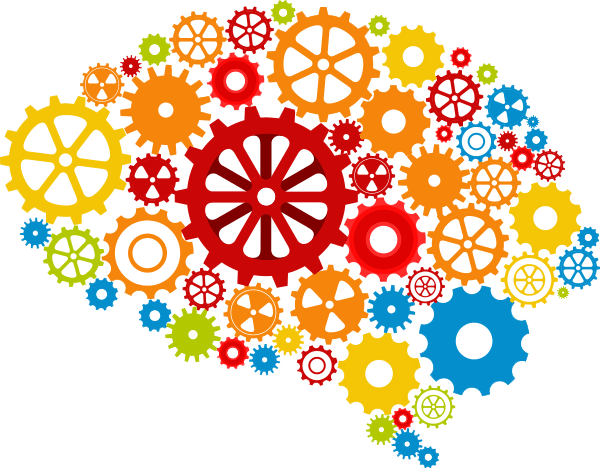What Does the Bhagavad Gita Say About Life and Death?
The Bhagavad Gita is a profound scripture that provides insights into the nature of life, death, and the soul’s journey. However, its true meaning can only be understood when interpreted correctly by a Tatvadarshi (true) Guru. Sant Rampal Ji Maharaj has revealed the hidden knowledge of the Bhagavad Gita, exposing the reality of life and death as described by Lord Krishna in his conversation with Arjun.
The Cycle of Birth and Death in the Bhagavad Gita
The Bhagavad Gita explains that every soul is trapped in the endless cycle of birth and death due to its past karmas (deeds). Lord Krishna, who is actually Kaal Brahm in disguise, tells Arjun in Bhagavad Gita Chapter 2 Verse 22 that the soul changes bodies just as a person changes old clothes. This indicates that birth and death are merely transitions for the soul, not the end. However, Kaal Brahm does not provide a solution for attaining eternal liberation (Moksha), because his domain is limited to Maya, where souls remain trapped.
Who Governs the Cycle of Birth and Death?
In Bhagavad Gita Chapter 8 Verse 5-7, Lord Krishna tells Arjun that those who remember him at the time of death will attain him. However, Chapter 8 Verse 16 clarifies that even those who reach him will still be reborn. This means that the liberation offered by Krishna (Kaal Brahm) is temporary. The ultimate Supreme God, as revealed by Sant Rampal Ji Maharaj, is God Kabir, who resides in Satlok—the eternal divine realm beyond the cycle of birth and death.
The Fate of the Soul After Death
Kaal Brahm has designed his 21 universes in such a way that no soul can escape without the correct method of worship. Bhagavad Gita Chapter 9 Verse 25 states that those who worship deities go to their realms, those who worship ancestors reach their ancestors, and those who worship Krishna attain him but are again subjected to rebirth. This means that none of these forms of worship grant permanent liberation. The soul remains in bondage, taking birth in different life forms according to its past karmas.
The Path to Eternal Liberation
The Bhagavad Gita subtly hints at the path to liberation but does not explicitly state it. In Bhagavad Gita Chapter 4 Verse 34, Krishna instructs Arjun to seek a Tatvadarshi Guru to attain true knowledge. Chapter 15 Verse 1-4 describes the inverted world tree (Peepal tree), where Kaal Brahm’s material world is entangling souls in suffering. However, the verse also states that by taking refuge in the Supreme God, one can cut free from this bondage and attain Satlok.
Sant Rampal Ji Maharaj has revealed that the Supreme God is God Kabir, who has descended multiple times to guide souls toward salvation. The only way to escape the cycle of birth and death is by taking Naam Diksha (initiation) from a true Tatvadarshi Guru and following the prescribed method of true worship.
Conclusion
The Bhagavad Gita explains that life and death are part of an endless cycle that cannot be broken by mere devotion to Kaal Brahm (Krishna). To achieve permanent liberation, one must worship the Supreme God, who is beyond Kaal’s domain. Sant Rampal Ji Maharaj has revealed that this Supreme God is Kabir Sahib, and only through His prescribed worship can one attain eternal bliss in Satlok.
